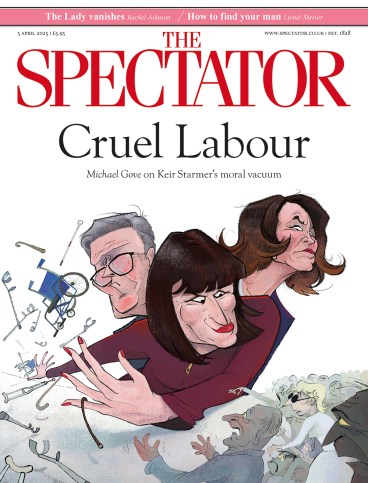
Laikipia, Kenya
I am grateful to David, a reader of this column, who kindly sent me a packet of old Kenya maps his father used when the family lived in Nairobi in the 1960s. David’s envelope took about six months to reach my postbox, which is good going, since I’ve received other letters posted several years before. I adore maps and own lots, rolled up in tubes, hanging on walls, with piles of them folded in drawers, dog-eared, rain-stained and scribbled on. I immediately took two of David’s maps to the framers since they cover the place I like best in the world: Laikipia.
Loss of land – my way of hankering for a home – was a dull ache I carried inside me all the time
On the walls of the Laikipia farmhouse are various maps of farms that were other places I once called home, and in paintings and family papers there are records of yet more farms. Farming has been a family hereditary illness. Through generations it has brought us, to misquote Thomas Hardy,
a general drama of pain with some occasional episodes of happiness. In the last century the farming addiction has afflicted us nowhere more strongly than in Africa.
In the Great Depression my father settled on the Aberdares slopes with a clear river that cut through forested gorges full of rhino, buffalo and elephant. Home was a hillbilly-style cedar cabin where Elspeth Huxley had seen ‘the chilly, mysterious dawn, with ribbons of pearly mist lying in the gullies and the great bulk of the mountain at my back shrouded in cloud which flushed flamingo-pink just before the sun came up behind it to flood the plain’. Soon after my parents married, they moved to a ranch on Mount Kilimanjaro’s flanks, leaving the Kenya farm in the hands of a manager who fled when Mau Mau started.








Comments
Join the debate for just £1 a month
Be part of the conversation with other Spectator readers by getting your first three months for £3.
UNLOCK ACCESS Just £1 a monthAlready a subscriber? Log in